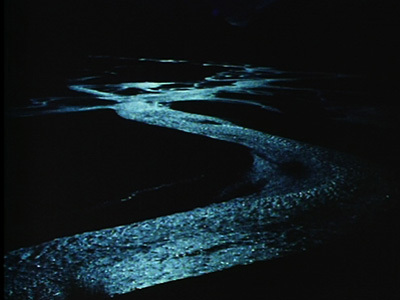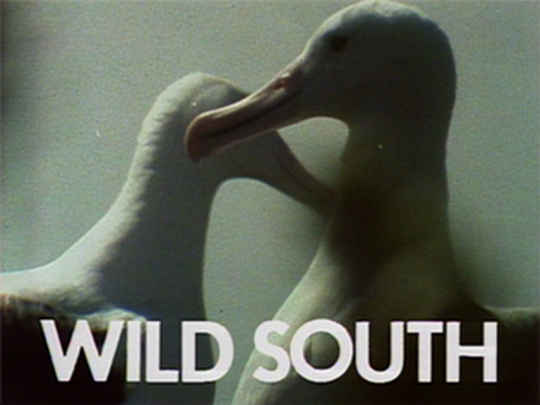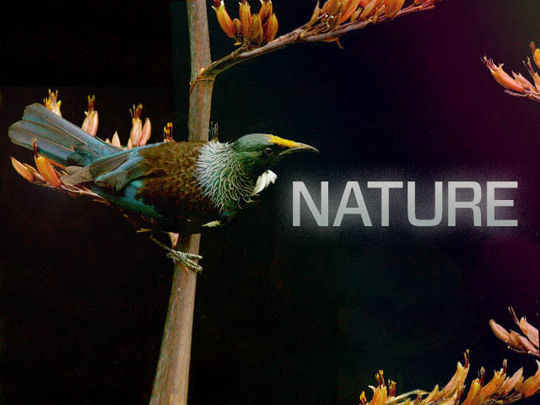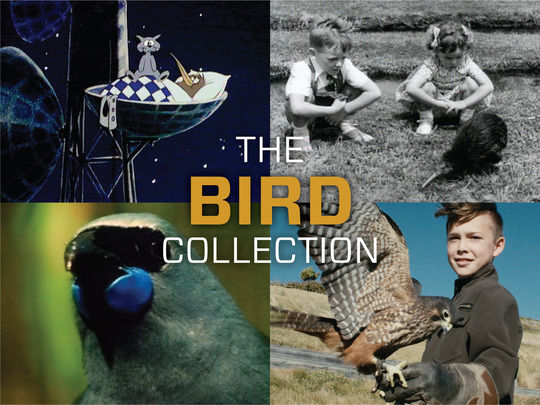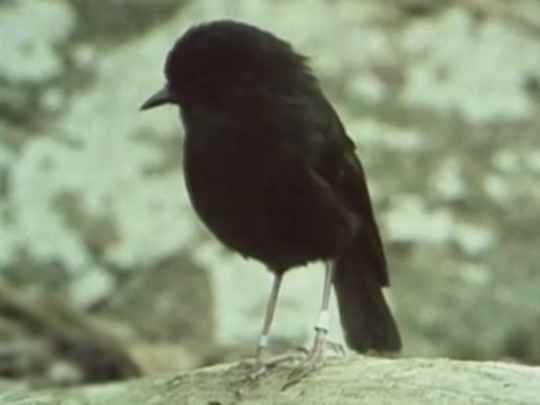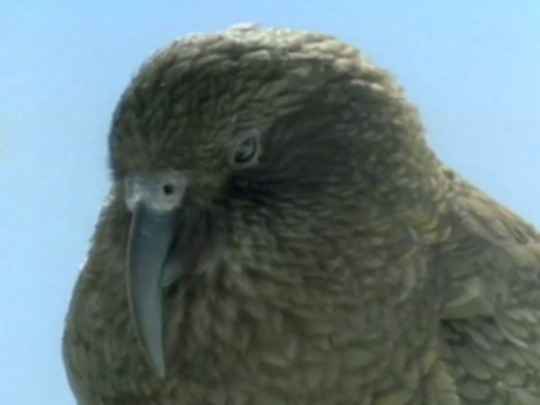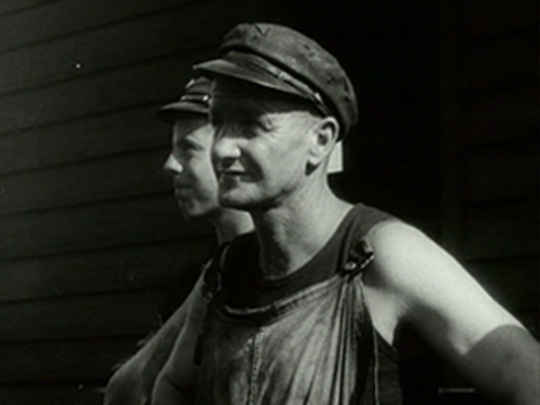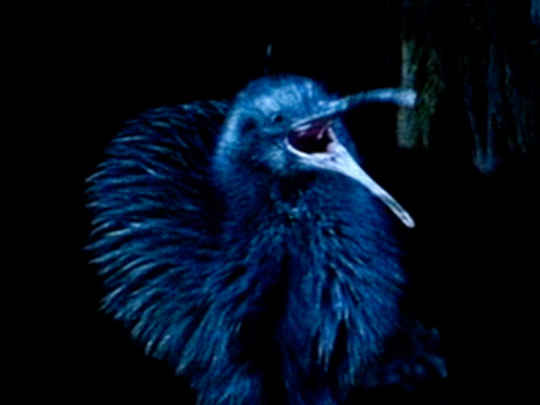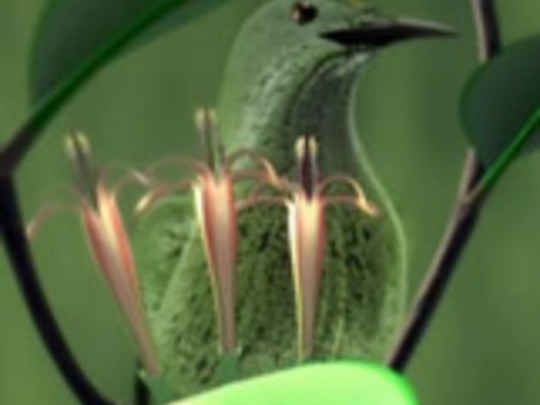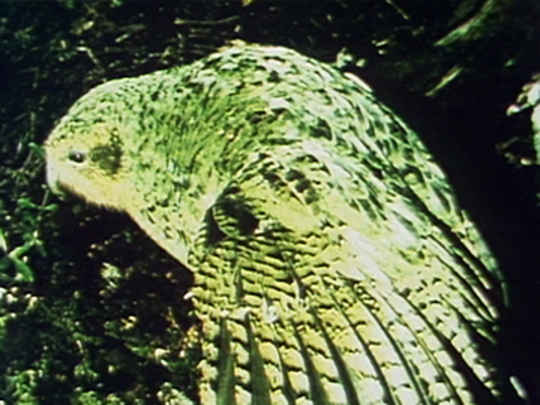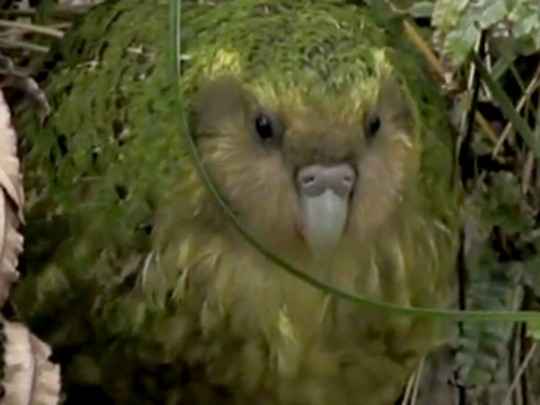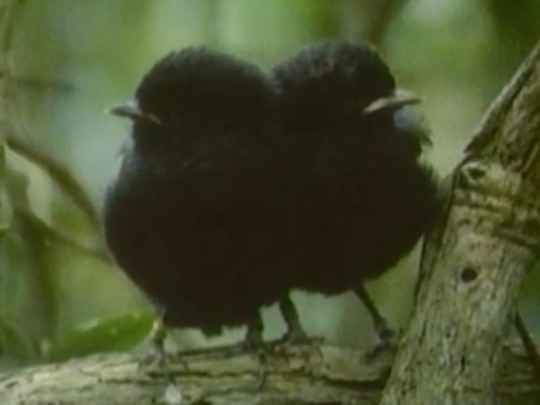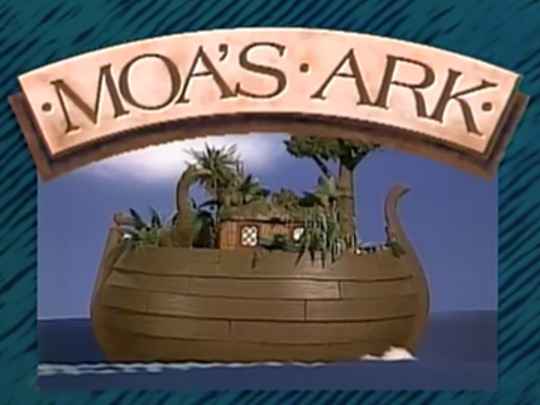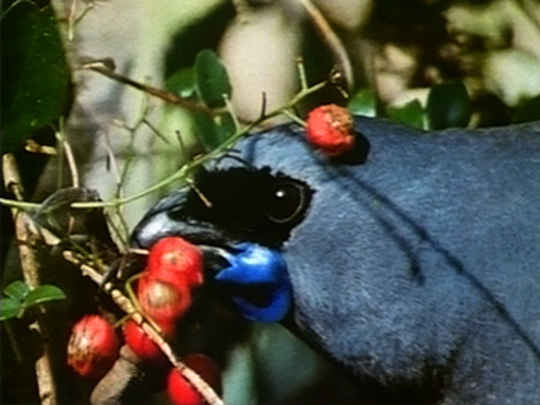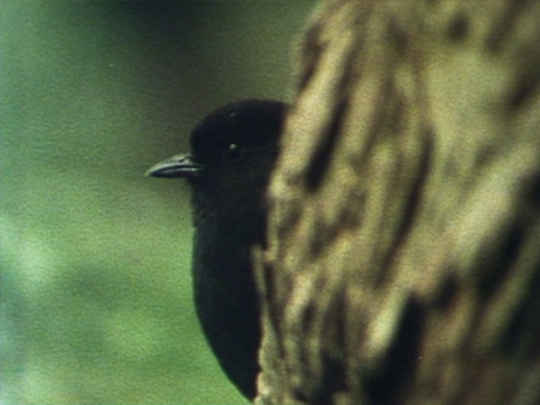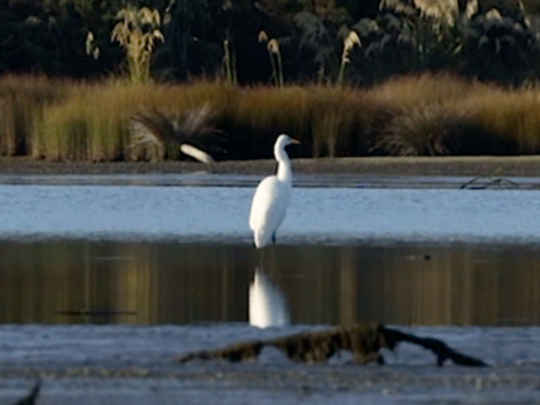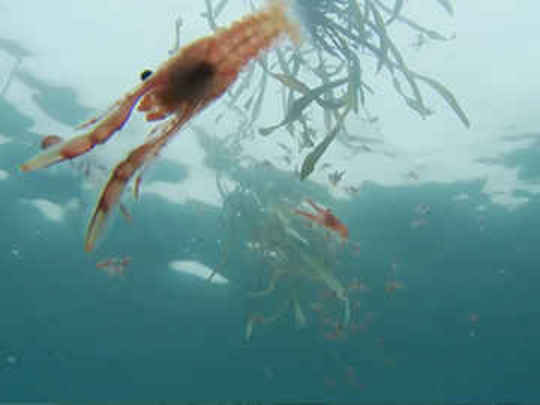The Black Stilt
Television (Full Length) – 1983
A Perspective
Many nature films transport us into a realm of enhanced vision. With their suberb technology of telephoto lenses, of macrocinematography, microcinematography, time lapse filming, underwater and aerial filming, they supplant our own eyes, offering sights we could never hope to witness ourselves.
But there are others, and they are the ones I prefer, which document a locale and its creatures with a shooting style which approximates ordinary human perception: so that when we visit the place, made aware of the wildlife all around, we can be more attentive observers. The Wild South film The Black Stilt (1983), directed by Rod Morris for TVNZ's Natural History Unit, is of this type.
It begins with a moonlit river snaking its way down from distant mountains, a solitary black stilt plaintively cheeping, a ferret on the prowl along the rocky river's edge, snowflakes drifting down onto thorny branches, the images being accompanied by the wistful strains of a solo flute. This highly evocative passage is followed by one of straightforward exposition: an animated map and commentary which informs us that New Zealand's rarest wading bird, once widespread in both islands, is now confined to a few rivers in the Mackenzie Basin.
And so it goes throughout the 50-minute length of the film, lyrical observation held in balance with the provision of factual data, an emotional impact along with understanding generated by a subtle interplay between the two documentary modes.
As The Black Stilt moves through a full year from winter to the following autumn, the rhythmic progression of the seasons in this region of climatic extremes makes a powerful impression on us, without the jerkiness which films with shorter shooting schedules often exhibit (it is one of the few flaws, for example, in The Snowline is Their Boundary, filmed in the same area).
The photography, as so often in wildlife pictures, is marked by what seems a miraculous precision of composition and there are the usual complement of charming shots, like that of a fluffy young chick skidding across the water. But what makes The Black Stilt stand out as a classic of its genre is its construction as tragic drama.
The theme, of course, is the struggle for survival, but not that of individual creatures: here it is an entire species at risk. The protagonist in this drama is the unique black stilt, a plucky, hardy bird which meets threats from its traditional rivals and predators (the pied stilt, the harrier hawk) aggressively, and which is tough enough to winter over in the Mackenzie Basin where, we are told, temperatures can plummet to minus 30 degrees Celsius. Superbly equipped to deal with the rigours of its physical environment, the black stilt has, however, a tragic inability to cope with new threats to its existence, particularly the introduced ferret and rat.
Unlike its cousin the pied stilt, which, as we see, has been able to develop a variety of defence mechanisms because of its more varied background, the black stilt seems destined to make 'mistakes' (like mating too soon in the season, and building an exposed and conspicuous nest) which will doom the species, now numbering only 50 birds, to extinction. "Should they be called mistakes?" the narration concludes. "Perhaps his only real mistakes lies in being born into this recent world, one of yesterday's children superbly adapted to a time and a place that is past and will never come again."
With a large supporting cast (banded dotterels, blackbilled gulls, wrybills and black-fronted terns); strongly-motivated adversaries (the stalking ferret has, as we see, a nest with eight hungry offspring); more successful family rivals (the much more numerous pied stilts); and a narrative line with setbacks and triumphs (the black stilt couple loses its first eggs to a predatory rat, only to nest again and produce two chicks who survive), The Black Stilt has all the ingredients for a Disney nature drama. A measure of its quality is that it admits of an emotional response while refusing sentimentality and remaining scientific.
Reproduced with permission, from the 'Nine Documentaries' chapter of 1996 book Film in Aotearoa New Zealand, edited by Jonathan Dennis & Jan Bieringa (Victoria University Press: Wellington)
